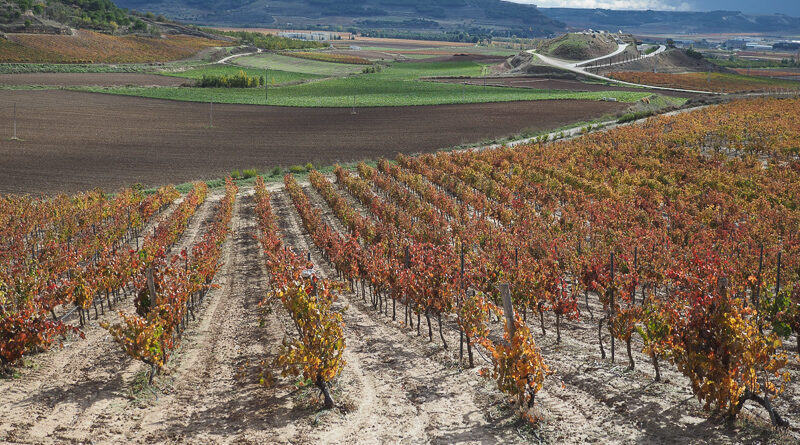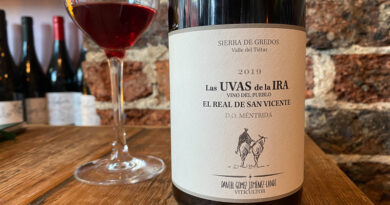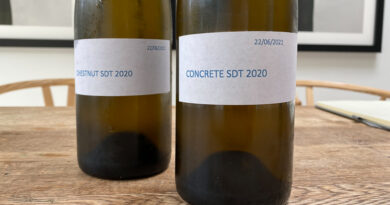Ribero del Duero: an introduction to this important Spanish wine region
This was my first visit to Ribera del Duero, and it began with an overview from Augustin Alonso Gonzalez, technical director for the interprofessional body. This should provide perspective for the producer profiles that will follow.
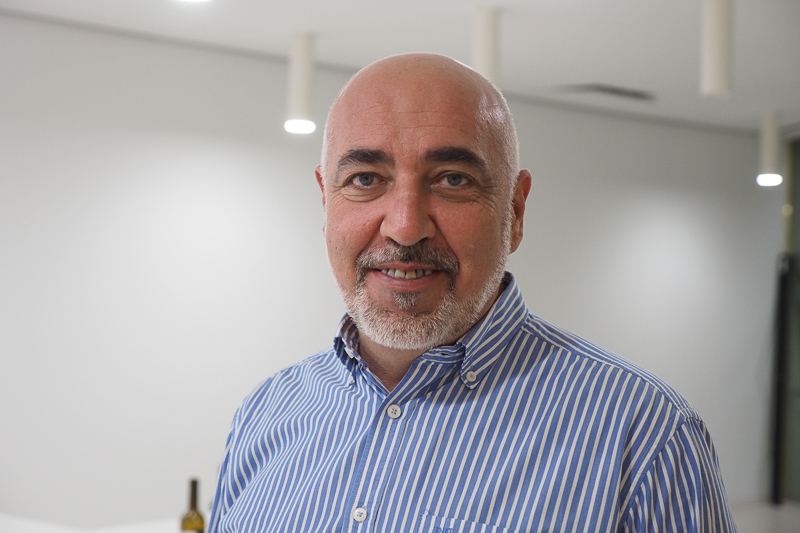
Ribera del Duero is a wine region in the middle of Spain towards the top, following the Duero river. It’s about a 90 minute drive directly north of Madrid, and is located in the northern part of the Castillion plateau. Altogether, the region is 115 km long and 35 km wide.
Grapes have been grown here for at least 2000 years, but fame has only come recently to the region. The DO was created in 1982, and it is only since the late 1980s that it has had much international visibility, with the exception of Ribera’s most famous property, Vega Sicilia, which has been here a lot longer and became famous long before the DO was created.
It has a Mediterranean climate with continentality, caused by the average altitude of 850 m. This means hot summers and cold winters, missing the spring and autumn. Summer temperatures can reach 42 C, and the winter lows can dip to -20 C, almost cold enough to kill vines.
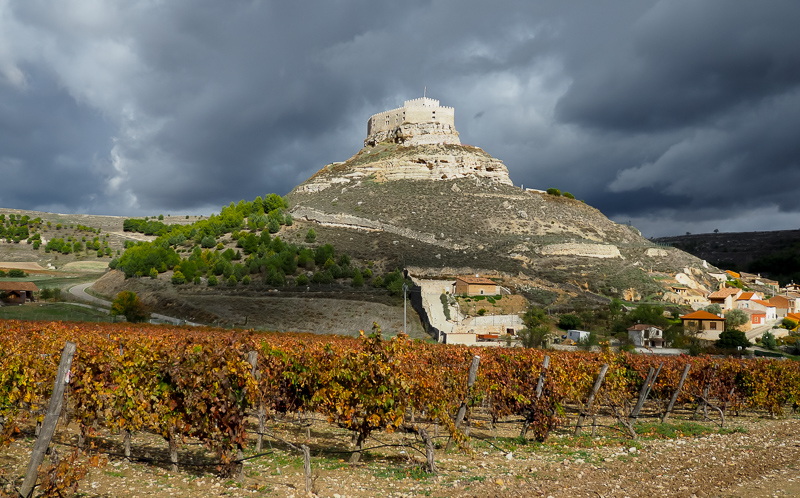
Rainfall is low rainfall at 435 mm rain a year, which normally wouldn’t be enough to dry-grow grapes. The problem is when the rain occurs, which is when the plant isn’t growing. So the soils have a critical role to play in preserving the water so it is accessible to the vines in the growing season, where it rarely rains.
The frost risk period is 27 October until 2 May. Typically, the problems with frost are in the spring, because budbreak is usually April 24th. In 2017 there was a spring frost on 2/3 May, and the region’s production was reduced from 130 million kg to 55 million kg. The growing season here has 192 frost free days. Normally, people say 200 days are the minimum.
‘It’s a good region for quality wines,’ says Gonzalez. ‘You can’t have high yields here.’
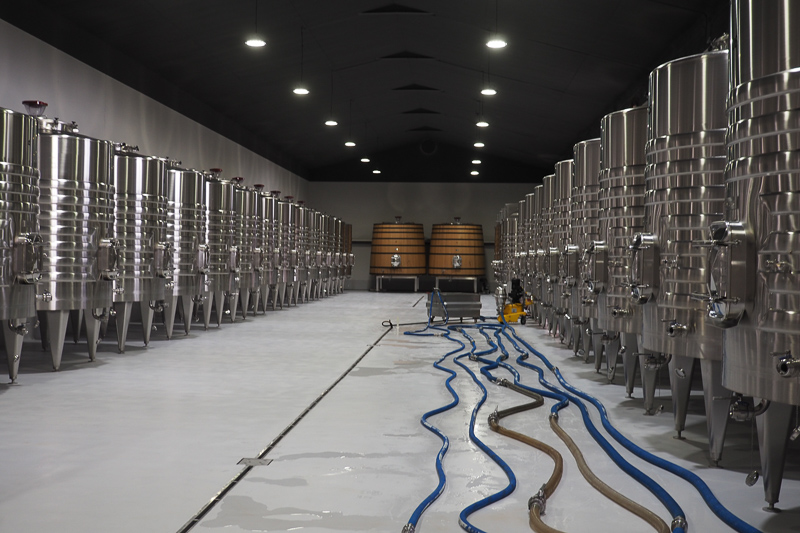
There are high diurnal temperature swings after veraison. It will typically be 25-26 C in the daytime, and at night the temperature will drop to 5-6 C. This means that during the day the plants are photosynthesizing, and they have ideal conditions for this: the temperatures aren’t so high that the stomata close. The key point comes in the night, when respiration takes place. They aren’t using up the sugars, acids and anthocyanins, because the cool temperatures slow down respiration, resulting in good acidity, colour and refined tannins. This leads to a slow ripening process.
Veraison to harvest is normally 40 days. In Ribera it is 50/60 days. This affects the tannins a lot, he says. ‘In slow ripening, the tannins bond and form longer chains, which softens the tannins. The iron fist in a silk glove: powerful wines with soft tannins.’
Ribera del Duero was the first region in Spain to research its soil types. Their surveys revealed that there are 32 different types of soils here. Interestingly, the historical plantings tended to be in the best soils, which presumably was a result of experimentation.
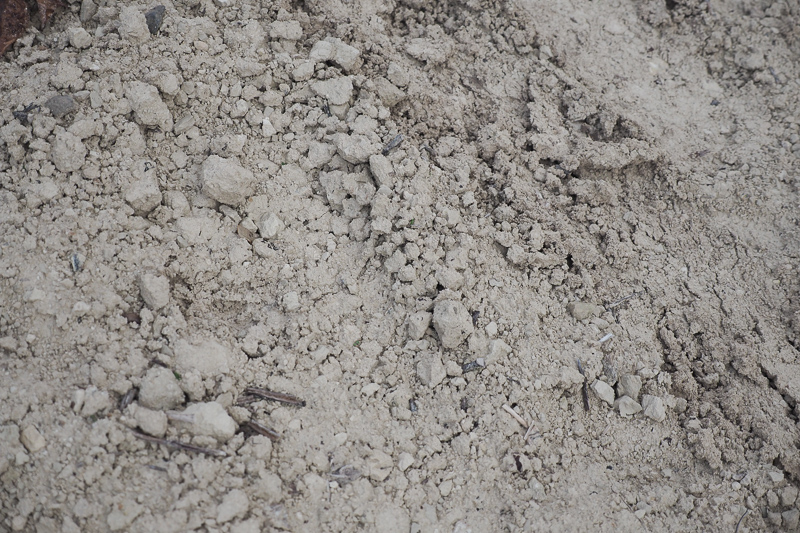
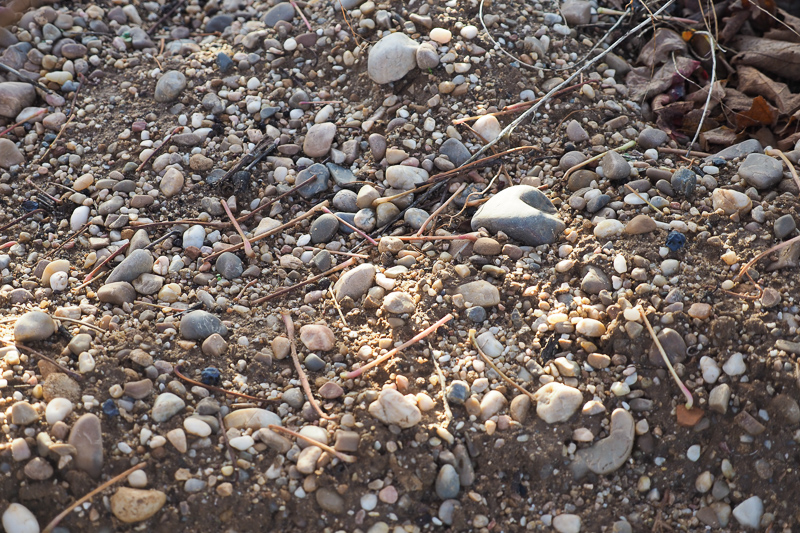
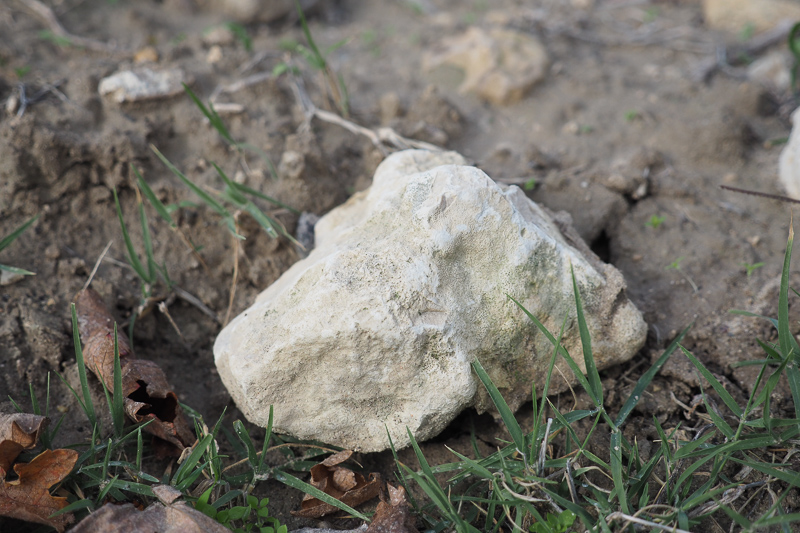
‘The soils are like a lasagne,’ says Gonzalez. This is because the region is a plateau that has been eroded by the river. ‘The river Duero carved the terrain into a valley. Depending on the altitude, we find different layers. Erosion processes blend these layers, too.’ In the west part of the region, the erosion is deeper and the slopes are steeper. The soils reflect this process. The original plateau was a seabed and is formed of limestone. ‘Limestone is present all over,’ he says. The erosion caused by the river has allowed different geological layers to emerge. So some vineyards are on old alluvial plains, others are on foothills and are quite rocky, and then there are terraces (younger soils near the river) and finally the original bedrock in the higher sites.
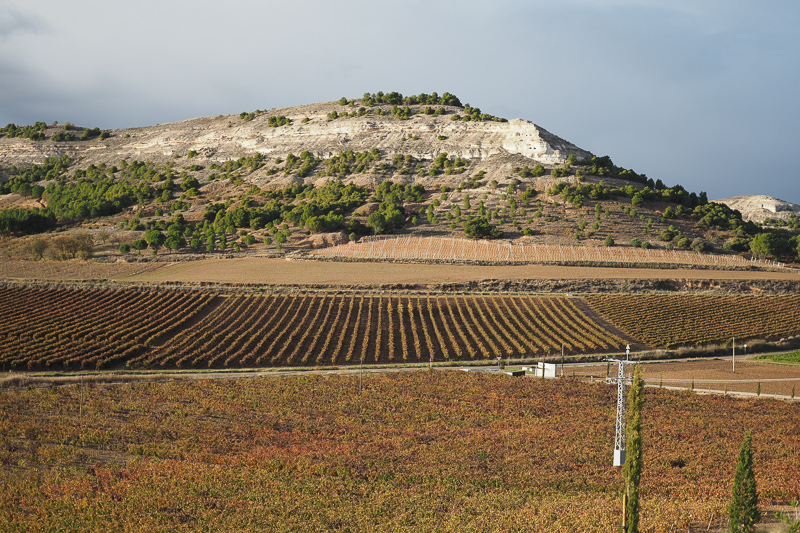
This is predominantly a red wine region, and one grape – a clone of Tempranillo known as Tinto Fino – dominates. There are 23 000 hectares of vines, and 95% of this is Tinto Fino. ‘This is a sea of Tempranillo,’ says Gonzalez. The second most widely planted variety is the white variety Albillo (456 hectares). As of November last year, it is now possible to use this to make white Ribera del Duero. Then the other main varieties are Cabernet Sauvignon (279 hectares), Merlot (193 ha), Garnacha (64 ha) and Malbec (25 ha).
2015 figures
- Area under vine: 22040 hectares
- Yields: 4029 kg/ha yields
- Average yearly production: 100 million kg
- Permitted yields: 7 tons/hectare (average is 4)
- Average production: 100 million bottles
Currently the region is selling everything that is being produced. ‘But the problem is we should be selling more high priced wines,’ says Gonzalez. There are 8000 growers in the region, and the average plot size is 0.45 ha. Just 46 have more than 50 ha. ‘Lots of people tend their vines at the weekends and have small plots,’ he says. ‘4300 growers have less than a hectare.’ Half the vines are bush vines, half are trellised.
Vine age
- 475 ha over 100 years
- 4587 older than 75
- 6142 older than 50
Overall, 28% of the region’s vineyards are older than 50, and 44% are younger than 10 years old.
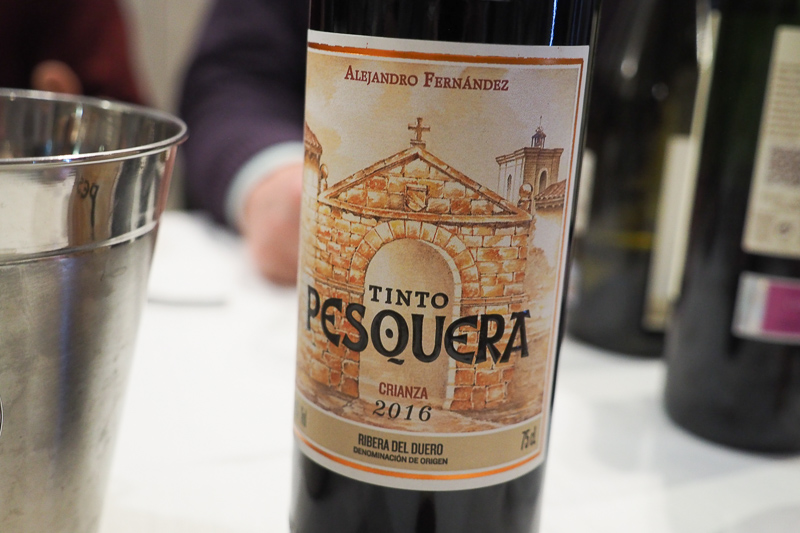
Ribera del Duero has come in for some criticism about the style of wines they are making. Some accuse them of making winemakers’ wines, high in alcohol, with dense sweet fruit, and lavish use of new oak – the sorts of wines that famed critic Robert Parker was widely thought to favour. Gonzalez says this is changing. ‘Finally, our wineries are thinking,’ he says. ‘Am I going to finish the bottle? The wine is awesome, but where does it come from?’ This lacks of identity has been a problem. ‘Now we are travelling back to produce wines respecting more and more the terroir,’ he says. ‘You are going to find a lot of terroir expression. You can’t copy this. But there are alpha wines all over China in high quantities.’
We did a tasting of a few wines from the region, as a sort of warm-up.
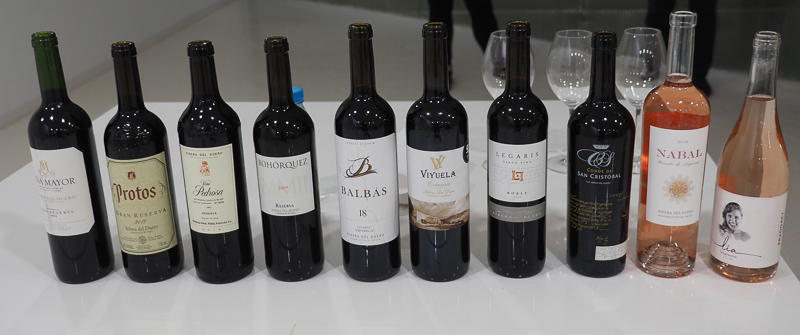
THE WINES
Prado Rey Lia Tempranillo Rosé 2018 Ribera del Duero, Spain
Very pale coloured. Fresh, crisp and fruity with bright citrus and pear notes with some fennel and hazelnut. Finishes slightly bitter. Juicy, tight and crisp, and quite dry. Linear style. 88/100
Nabal Rosado de Lágrima Rosé 2018 Ribera del Duero, Spain
Fruity and expressive with sweet cinnamon-laced pear and red cherry fruit. Juicy and bright with nice mandarin detail, and perhaps a hint of vanilla, too. 86/100
Conde de San Cristobal 12M 2015 Ribera del Duero, Spain
A warm year in the region. Ripe, meaty and spicy with bold, lush blackberry and black cherry fruit. There’s a stern, structural, savoury edge here. The wine is ripe, but has some firmness, too. Finishes quite tannic. Interesting combination of very developed, late-pick tasting fruit with some firm structure. 90/100
Legaris Roble 2018 Ribera del Duero, Spain
Sweetly aromatic on the nose, and a bit confected. Cherries, raspberry jam and vanilla. The palate is fresh and juicy with nice grip under the lush fruit. Apart from the forced aromas, this is actually really joyful and fruity with nice freshness and purity of fruit. 88/100
Bodegas Balbás Crianza 2016 Ribera del Duero, Spain
Sweet, ripe, warm aromatics with some spice and vanilla notes, as well as cedar and tar. The palate is concentrated with nice fresh fruit and a strong oak imprint. This shows a lot of richness with good tannins and nice brightness, but currently the cedary oak is utterly dominant. Might be quite interesting in 5-10 years? 88/100
Bodegas Viyuela Crianza 2015 Ribera del Duero, Spain
Fresh and well balanced with nice structure sitting under the bright blackberry and black cherry fruit. Focused and vibrant with some floral detail. There’s some oak here, but it sits in quite nicely. Ripe and also quite autumnal. 89/100
Perez Pascuas Viña Pedrosa Reserva 2015
Ripe and rich with strong coconut, vanilla and cedar oak dominating at the moment. Very coconutty and oaky, with nice fruit. Dense and bold with potential for development, but it’s very old fashioned in style relying on oak for the character. Will be an interesting drink in 15 years, but this isn’t the future we are tasting here. 88/100
Bohórquez Reserva 2009 Ribera del Duero, Spain
Mellow, showing some development, but also some freshness. Ashy, slightly tarry edge to the sweet black fruits. Has nice fine-grained structure, with some warmth on the palate. Soft and luxurious. 90/100
Protos Gran Reserva 2012 Ribera del Duero, Spain
Structured and dense with some vanilla and cedar oak supporting the compact, ripe blackberry and blackcurrant fruit. There’s some minty, tarry freshness here. Firm, tannic, structured and savoury, but with a core of ripe fruit. Very dense and unyielding, but quite impressive in its concentration. Has potential for the long term. 91/100
Bodegas Palacio 1894 Viña Mayor Gran Reserva 2012 Ribera del Duero, Spain
Has a slight ashy, herby character with some spice and earth notes. Grippy and quite firm with red berries and cherries. A little austere and angular, with savoury, earthy, herby notes. Short, tannic finish. Ambitious, but not in a great place. 88/100
Find these wines with wine-searcher.com
See also:

